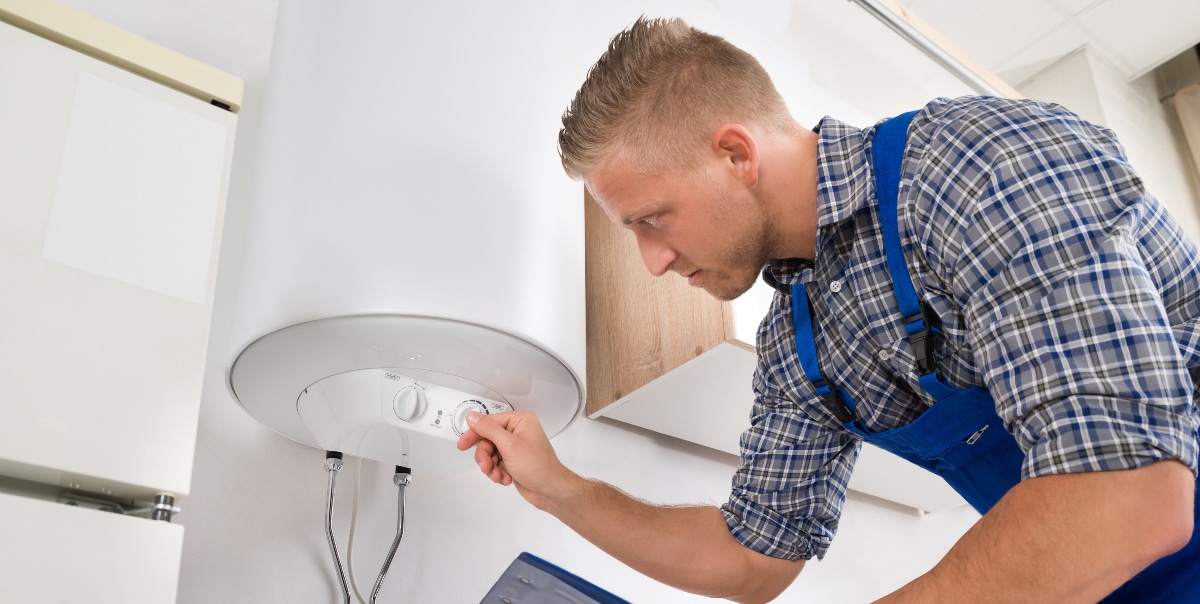Essential Tips on Caring for Your Home's Hot Water SystemEffective Techniques for Maintaining Your Home's Hot Water SystemHow to Extend the Life of Your Home's Hot Water System Through Maintenance
View WebsiteAre you on the lookout for advise concerning What Kind of Maintenance Do Water Heaters Need??

Warm water is necessary for day-to-day convenience, whether it's for a refreshing shower or cleaning dishes. To guarantee your hot water system runs efficiently and lasts longer, regular maintenance is vital. This article gives functional ideas and insights on just how to keep your home's hot water system to stay clear of interruptions and expensive repair work.
Intro
Preserving your home's hot water system could appear complicated, yet with a few straightforward steps, you can ensure it runs efficiently for several years to come. This overview covers every little thing from recognizing your hot water system to DIY upkeep suggestions and understanding when to call in professional assistance.
Importance of Preserving Your Hot Water System
Regular upkeep not only expands the lifespan of your warm water system but likewise guarantees it operates successfully. Ignoring maintenance can lead to lowered performance, higher power bills, and also premature failing of the system.
Indications Your Warm Water System Needs Maintenance
Understanding when your warm water system needs attention can stop major concerns. Watch out for signs such as irregular water temperature, unusual noises from the heating system, or rustic water.
Understanding Your Hot Water System
Before diving into maintenance tasks, it's valuable to comprehend the fundamental components of your hot water system. Generally, this includes the water heater itself, pipes, anode rods, and temperature controls.
Regular Monthly Upkeep Tasks
Routine month-to-month checks can help capture small concerns before they intensify.
Flushing the Hot Water Heater
Flushing your hot water heater eliminates sediment accumulation, enhancing performance and lengthening its life.
Checking and Replacing Anode Rods
Anode poles protect against rust inside the tank. Examining and replacing them when worn out is crucial.
Checking and Readjusting Temperature Level Setups
Adjusting the temperature setups ensures ideal efficiency and safety.
DIY Tips for Maintenance
You can perform a number of maintenance jobs yourself to maintain your hot water system in top problem.
Checking for Leakages
Consistently check pipelines and links for leaks, as these can cause water damage and higher costs.
Checking Pressure Relief Valves
Examining the pressure relief valve guarantees it works properly and prevents too much pressure build-up.
Protecting Pipelines
Insulating warm water pipelines minimizes warm loss and can conserve power.
When to Call an Expert
While do it yourself maintenance is helpful, some concerns require specialist know-how.
Facility Issues Calling For Professional Help
Examples consist of significant leakages, electrical troubles, or if your water heater is constantly underperforming.
Regular Specialist Maintenance Perks
Specialist upkeep can include comprehensive examinations, tune-ups, and making sure compliance with safety and security requirements.
Verdict
Normal maintenance of your home's warm water system is vital for performance, longevity, and price savings. By complying with these tips and understanding when to look for expert help, you can make sure a trustworthy supply of hot water without unanticipated disturbances.
How to Maintain an Instant Hot Water Heater
Before tinkering with your hot water heater, make sure that it’s not powered on. You also have to turn off the main circuit breaker and shut off the main gas line to prevent accidents. Also turn off the water valves connected to your unit to prevent water from flowing into and out of the appliance. 2. When you’re done, you have to detach the purge valves’ caps. These look like the letter “T” and are situated on either side of the water valves. Doing so will release any pressure that has accumulated inside the valves while at the same time avoid hot water from shooting out and burning your skin. 3. When the purge valves’ caps are removed, you have to connect your hosing lines to the valves. Your unit should have come with three hoses but if it didn’t, you can purchase these things from any hardware or home repair shops. You can also get them from retail stores that sell water heating systems. Read the user’s manual and follow it to complete this task properly. When the hosing lines are connected, open the purge port’s valves. 4. You should never use harsh chemical cleaners or solutions when cleaning your unit. Make use of white vinegar instead. It should be undiluted and you’ll probably use about 2 gallons. 5. Now flush your water heater. This task should probably take about 40 minutes. We can’t give you specific directions for this because the procedure is carried out depending on the type, model and brand of your heater. With that being said, refer to the user’s manual. 6. When you’re done draining the unit, you have to turn off the purge port valves again. Remove the hosing lines that you earlier installed on each of the water valves. Put the valve caps (purge port) back in their respective places and be very careful so as not to damage the rubber discs that are found inside these caps. 7. Now that everything’s back in place, check your user’s manual again to find out how to reactivate your water heating system. 8. Once it is working, turn one of your hot water faucets on just to let air pass through the heater’s water supply pipes. Leave the tap on until water flows smoothly out of it. https://www.orrplumbing.com/blog/2014/september/how-to-maintain-an-instant-hot-water-heater/

I ran across that review on Tips on Maintaining a Water Heater while doing a search on the search engines. Kindly set aside a second to share this write-up if you appreciated it. Kudos for your time. Please pay a visit to our blog back soon.
Click Here